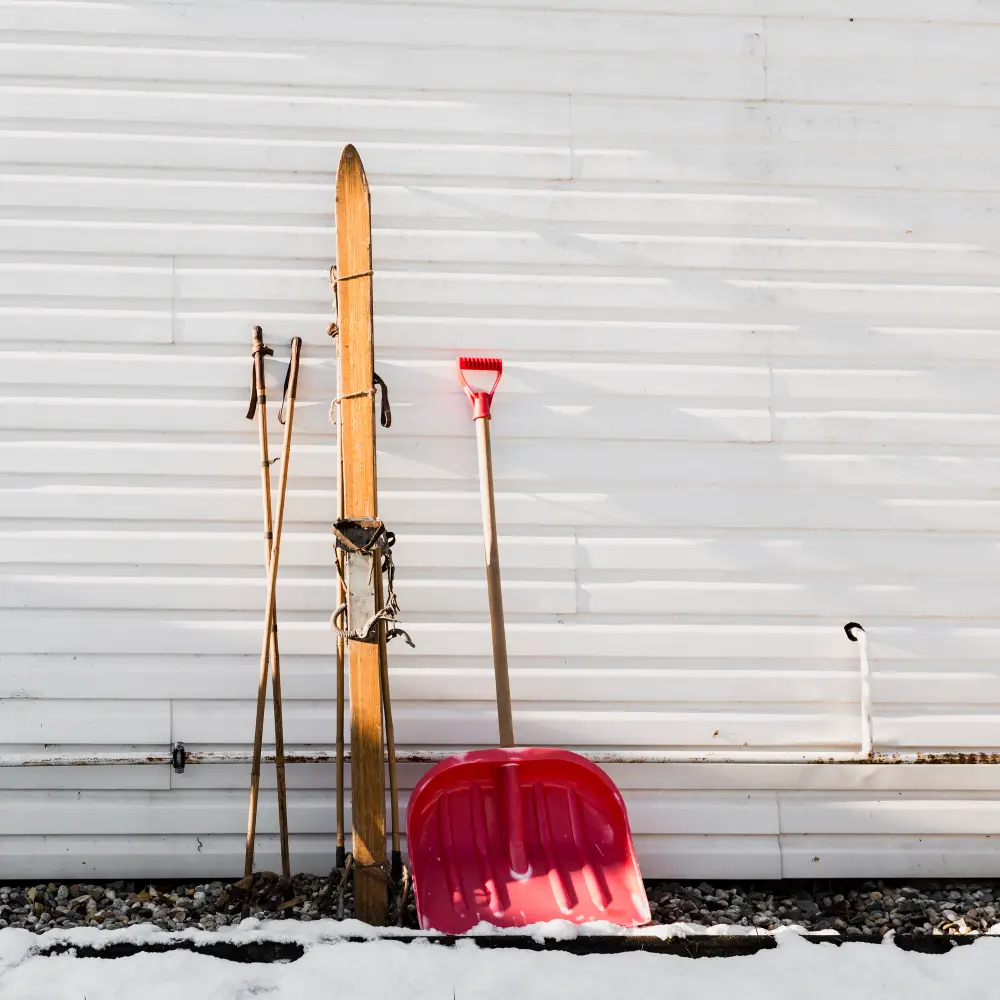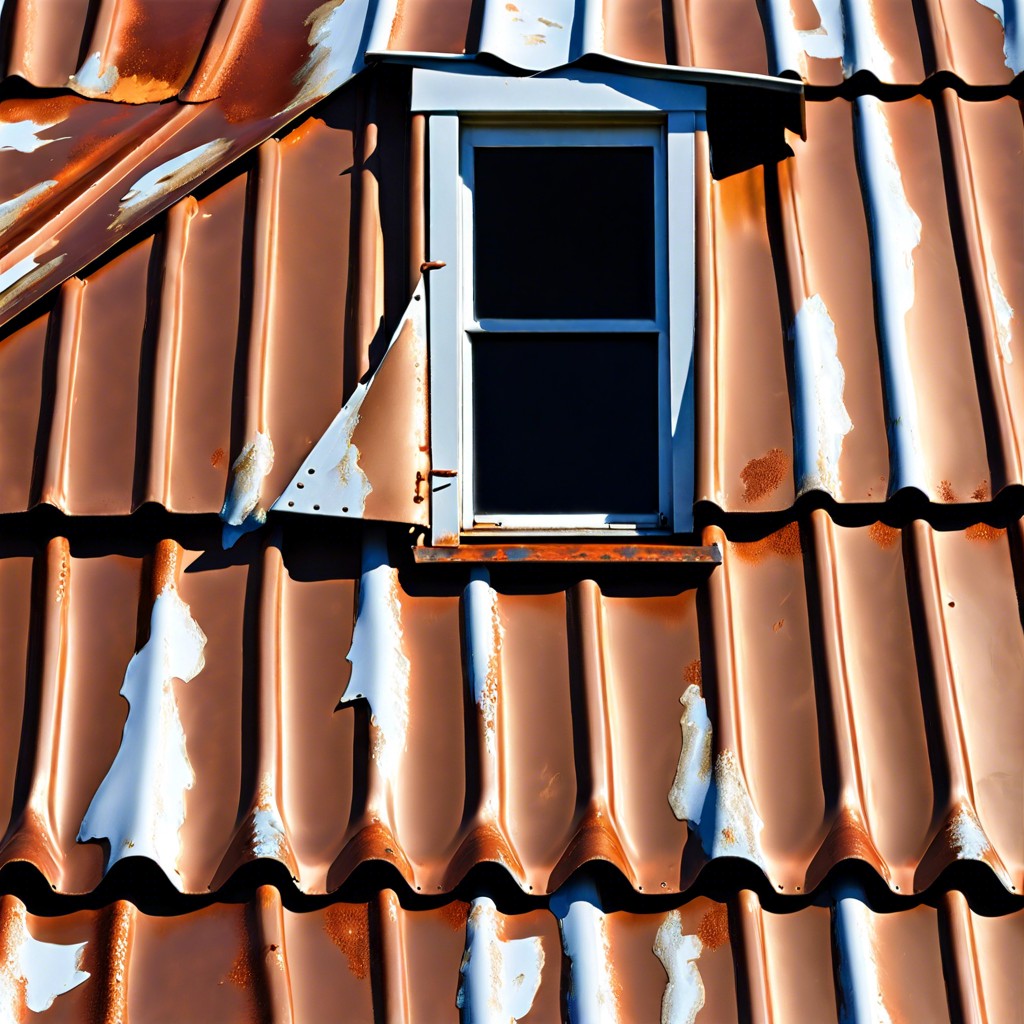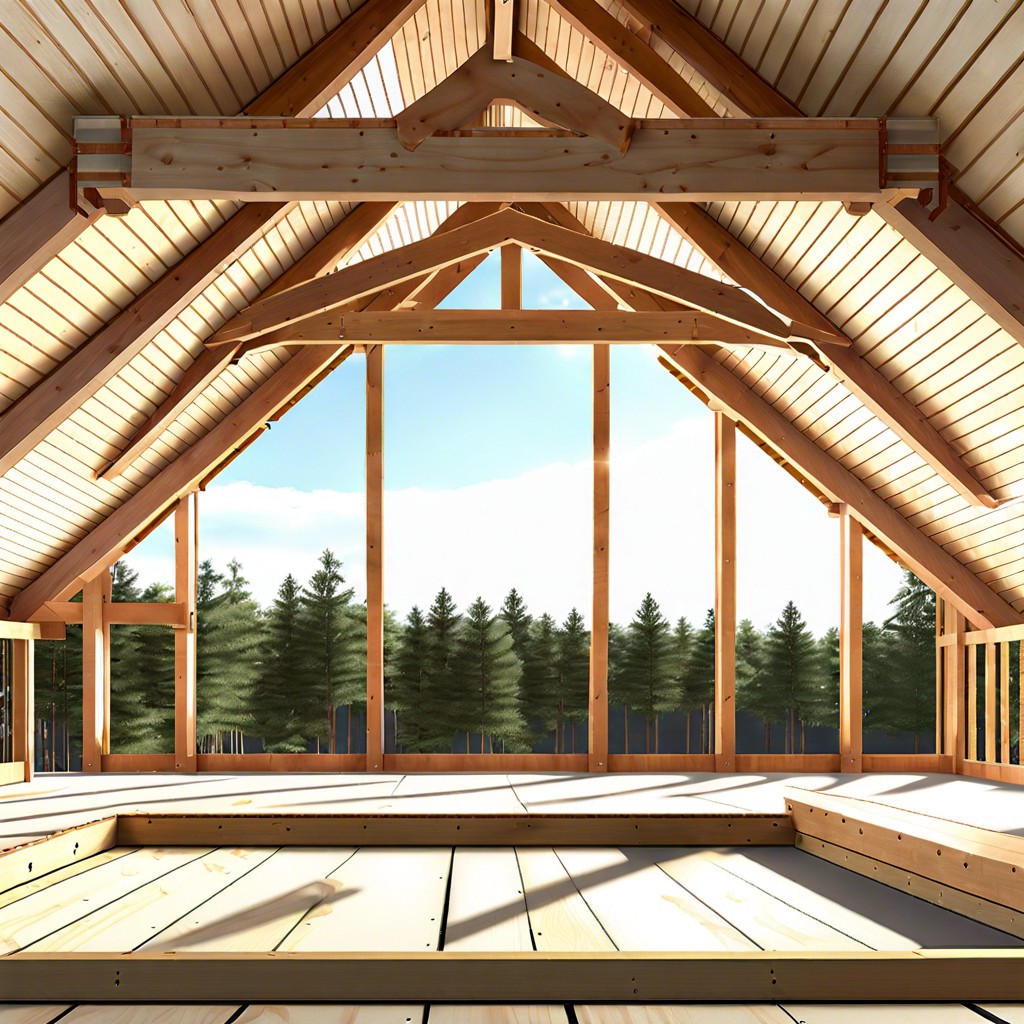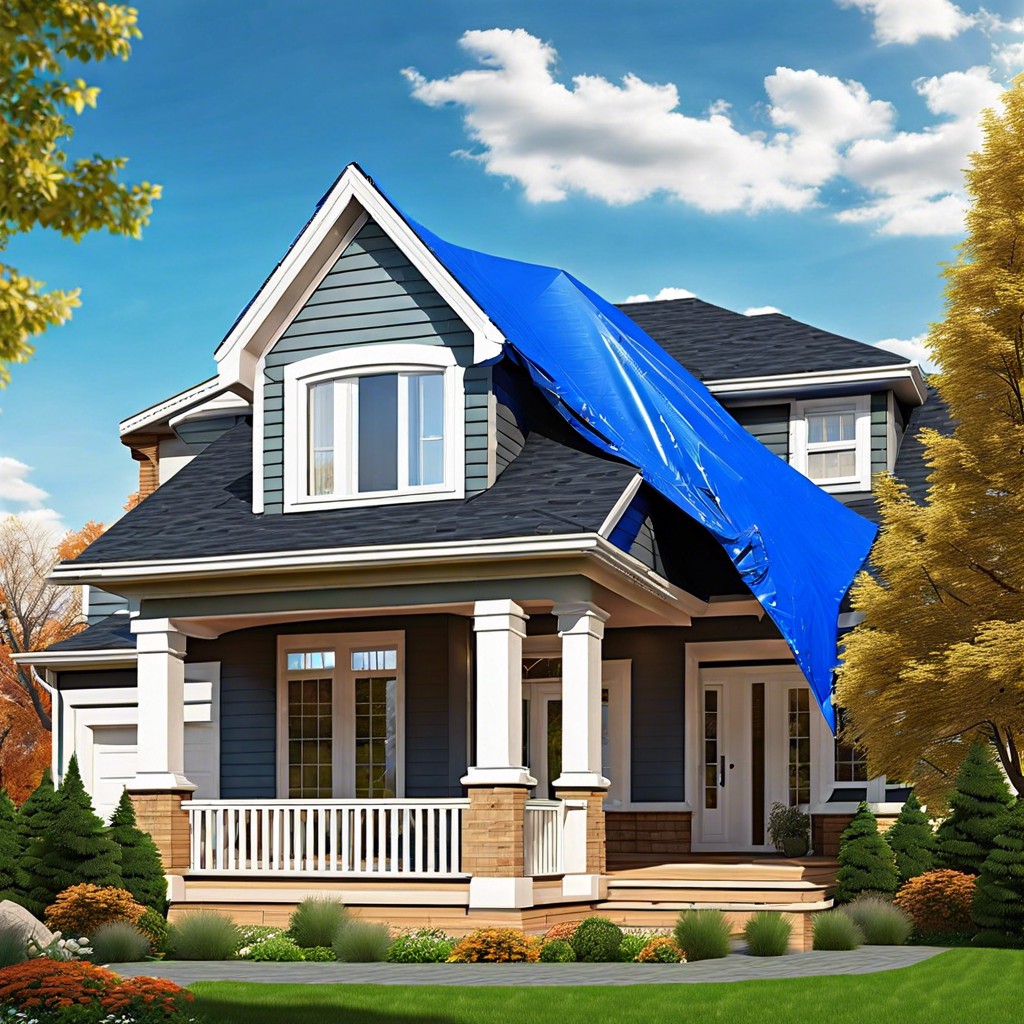Last updated on
Understanding roof repair costs is crucial when budgeting for home maintenance; this article provides detailed insights into the factors that influence pricing and how to estimate potential expenses.
Key takeaways:
- Average roof repair cost ranges from 0 to ,200.
- Asphalt shingles are the most affordable for repairs.
- Metal and slate roofs have higher repair costs.
- Factors influencing repair cost include complexity, materials used, and location.
- Professional repairs are safer and protect warranties.
Average Roof Repair Cost
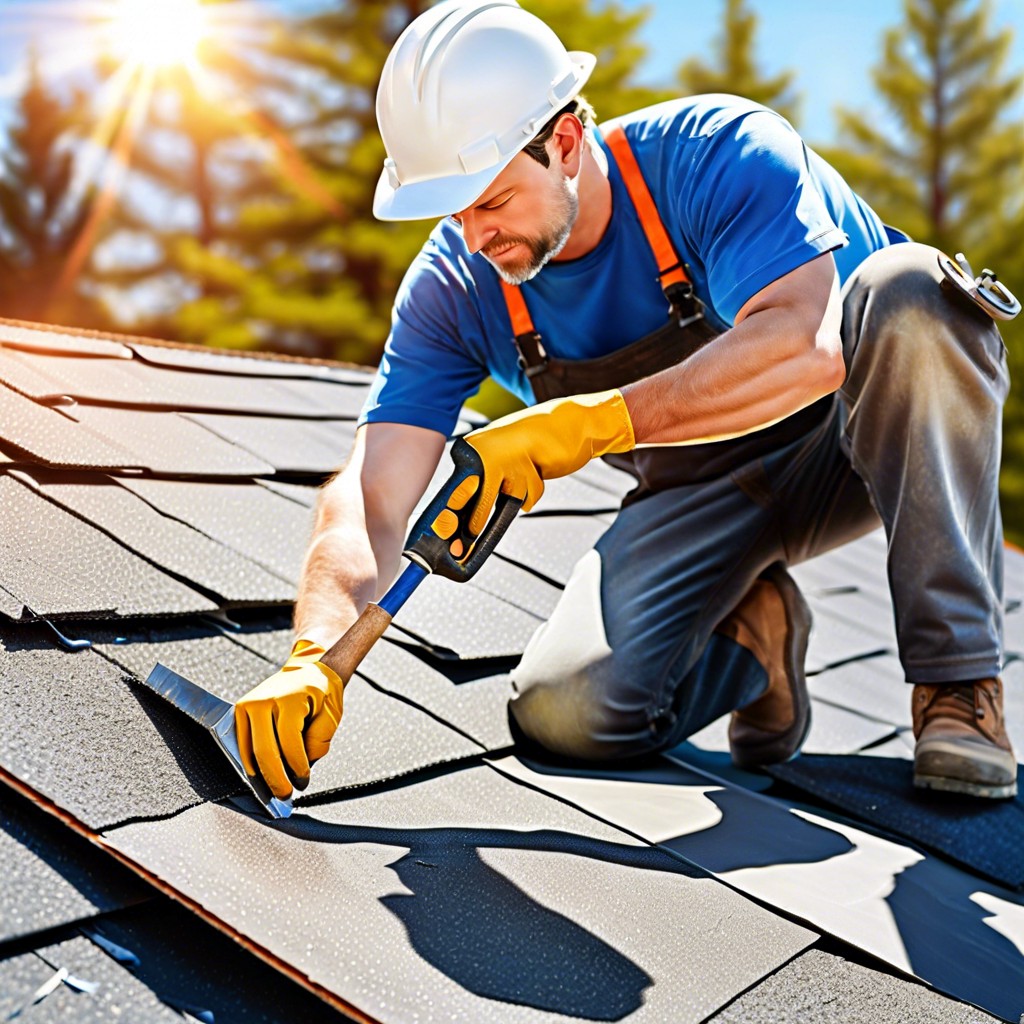
The cost to repair a roof typically ranges between $300 and $1,200, with a national average of $650 to $850 depending on various factors such as the type of repairs, materials, and extent of damage. Minor repairs, like fixing leaks or replacing a few shingles, may cost as little as $150. More extensive repairs, for example fixing underlayment or a section of damaged roof, can exceed $1,500. It’s important to note that these prices can fluctuate based on the geographic location, current demand for roofing services, and the roofing contractor’s expertise.
Price of Repair By Roof Material
Asphalt shingles, the most common roofing material, typically range between $5 and $12 per square foot for repairs. The affordability and ease of installation make it a budget-friendly option for many homeowners.
Metal roof repairs can cost significantly more, at $10 to $20 per square foot, due to the material’s durability and specialized installation requirements.
Wood shingles require maintenance to prevent decay but are moderately priced for repairs, approximately $10 to $18 per square foot.
Tile roofs offer a long lifespan but repairing them can be costly, often between $20 to $30 per square foot, because of the expertise required and the material’s weight and fragility.
Rubber roofs, commonly found on flat roofs, estimate repair costs at $10 to $15 per square foot. The material’s resilience often means fewer repairs are needed over its lifetime.
Finally, slate, one of the most durable and long-lasting materials, also comes with the highest repair costs, which could be anywhere from $20 to more than $40 per square foot, asserting its premium status in both quality and repair costs.
Factors in Calculating Roof Repair Cost
The complexity and size of the repair play a critical role in cost calculation. A minor leak may only require simple patchwork, whereas widespread damage could need extensive work. The labor involved is also a key factor—repairs necessitating skilled technicians can increase the total cost.
Materials used for repairs impact cost as well; high-end products or materials that are hard to source can drive up prices. Location matters, too—repairs in areas with higher costs of living or where roofing services are in high demand may be pricier.
Accessibility to the roof affects costs; hard-to-reach areas require additional safety measures and equipment, thus increasing the expense. Also, the current state of the roof can influence repair costs—if periodic maintenance has been neglected, this can lead to more severe damage and ultimately, a higher repair bill.
Weather and seasonal influences dictate repair costs since some materials and adhesives are less effective in certain weather conditions, potentially increasing labor time. Permits required for more significant repairs may also affect the overall cost, depending on local building codes and regulations.
Signs Your Roof Is Damaged
Detecting damage early can prevent more costly repairs down the line. Look for these key indicators:
- Shingle issues are a common sign of wear or potential damage. If you spot cracked, curled, or missing shingles, these can be entry points for water.
- Granules in gutters or downspouts often come from shingle breakdown, suggesting your roof may be nearing the end of its lifespan.
- Water stains on ceilings or walls inside your home typically suggest a leak, which could be due to compromised roofing material or flashing.
- Sagging roof decks can be a sign of structural issues, often from long-term water damage or inadequate support.
- Daylight through roof boards is an immediate red flag, indicating substantial gaps in your roofing material that need urgent attention.
- Remember, even minor roof damage can lead to more significant problems if left unaddressed. Regular inspections are crucial to maintaining the integrity of your roof.
DIY Vs. Hiring a Professional to Repair Your Roof
The choice between DIY and hiring a professional for roof repair hinges on several factors, one of which is complexity. Minor repairs, such as replacing a few shingles or sealing a small leak, may be manageable for homeowners who are handy and possess the necessary tools. However, extensive damage often requires specialized knowledge, experience, and equipment that professionals provide.
Cost efficiency is another consideration. While DIY can save on labor costs, mistakes due to inexperience may lead to higher expenses in the long run. Professional roofers can identify and remedy problems quickly and efficiently, potentially preventing future issues.
Safety should never be underestimated. Roof repair can be dangerous, involving heights and challenging conditions. Professionals are trained to navigate these hazards and usually have insurance to cover workplace accidents, which provides peace of mind that homeowners won’t find on their own.
Warranties also play a role. Many roofing materials come with warranties that may be voided if the installation is not done by a certified professional. Professional repairs ensure warranty conditions are met, preserving the long-term investment in your roofing system.
Ultimately, while basic repairs might be within a homeowner’s reach, for safeguarding both the roof’s integrity and personal safety, enlisting professional services is often the prudent choice.

